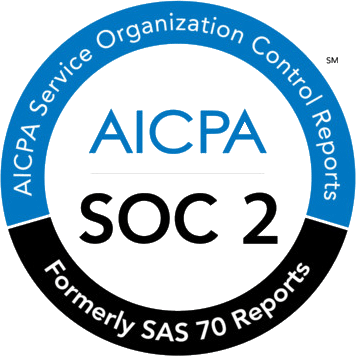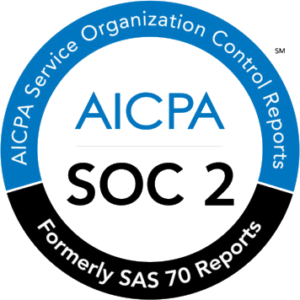Enterprises of all sizes are facing the challenge of maintaining productivity amidst stagnating employee engagement levels.
According to a recent Gallup report, U.S. employee engagement in 2023 was at 33%, with not engaged or actively disengaged employees contributing to approximately $1.9 trillion in lost productivity.
Thus, companies are constantly seeking different ways to boost efficiency and streamline operations. Whether it’s software, hardware or simply a new process.
One effective strategy is the integration of workspace management software. This approach offers a cohesive solution for managing various aspects of a business’s physical and virtual workspaces.
Here is a brief overview on how companies can implement an workplace management software into there tech stack.
Table of Contents
ToggleStep 1: Assessing Organizational Needs
The journey begins with a comprehensive understanding of your organization’s specific needs. Workspace management software offers a range of functionalities including resource booking, space utilization, and enhancing employee collaboration.
It’s important to identify the challenges in your existing processes and how this software can address them.
Step 2: Infrastructure Preparation
The next step involves preparing the necessary technical infrastructure for the software. It’s crucial to ensure that the workspace management software can be seamlessly integrated into your existing systems.
Collaborate with your IT department to confirm hardware compatibility, network prerequisites, and secure data handling protocols.

Step 3: Software Customization
Tailoring the software to align with your company’s unique structure is a key aspect of the implementation process.
Workspace management software typically offers customizable settings, allowing you to adjust features like user roles, permissions, and specific modules such as meeting room booking or parking space management, to fit your exact requirements.
Step 4: Training and Ongoing Support
To fully leverage the capabilities of the workspace management software, comprehensive training for your team is essential.
Utilize the training resources provided to ensure your staff is well-versed in the software’s features and best practices. Continued support is crucial to address any post-implementation challenges or queries.
Step 5: Monitoring and Adapting
Once the software is operational, it’s important to monitor its effectiveness in managing your workspace. Collect feedback from users to understand the software’s impact and areas for improvement.
Regular review and adjustments are vital to ensure the software continually adds value to your enterprise.
Wayleadr: The All-In-One Workspace Management Software
In the realm of workspace management software, Wayleadr stands out with its innovative solutions tailored for large-scale enterprises.
While the aforementioned steps are applicable to most workspace management systems, Wayleadr offers enhanced capabilities that particularly benefit large organizations seeking efficient, collaborative, and flexible work environments.
The integration of Wayleadr’s software can lead to significant improvements in space and resource management, cost savings, and operational efficiency.
By integrating Wayleadr into your workspace management strategy, you join leading companies like Uber and L’Oréal in shaping a future where workspace decisions are data-driven and employee-centric. Discover the potential of Wayleadr in redefining workplace dynamics by scheduling a demo at Wayleadr.com today.












